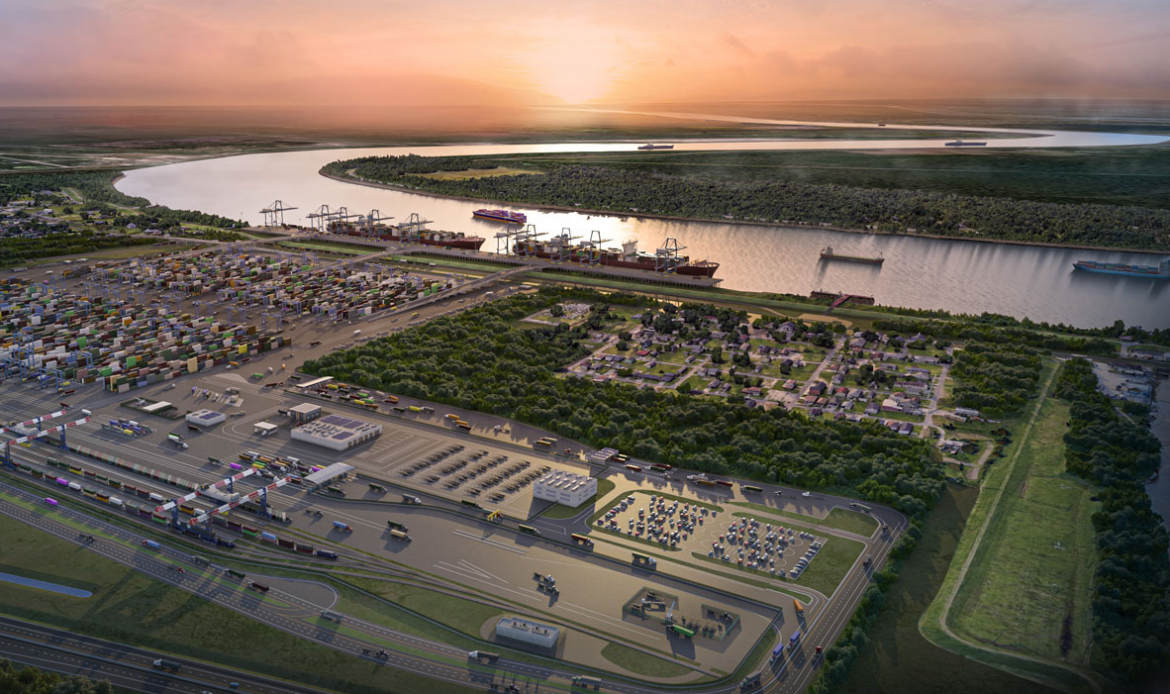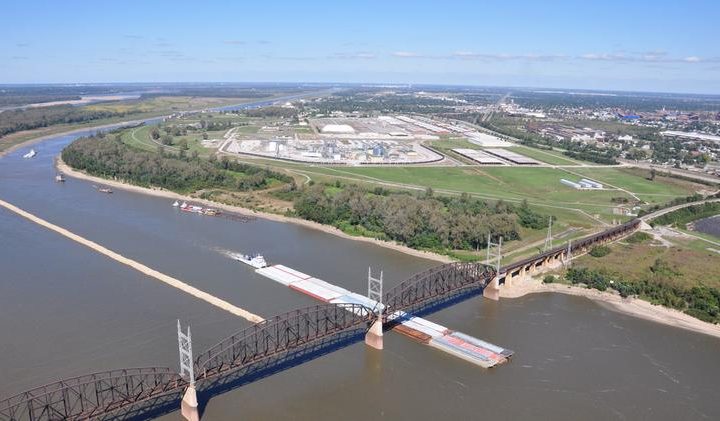
This article was published by American Journal of Transportation on May 15, 2024.
Investments being made at key ports located along the Mississippi River and Missouri River continue to drive cargo growth and reinforce the importance of America’s inland waterways in adding optionality to the global supply chain. Those were among the highlights shared by representatives from the Port of New Orleans, America’s Central Port and Port KC in a virtual panel discussion during FreightWeekSTL focused on how these investments and the connectivity and collaboration between the three regions will help support continued cargo growth.
Brandy Christian, President & CEO of the Port of New Orleans and CEO of the New Orleans Public Belt Railroad, discussed the container-on-barge service that, in partnership with Ingram, moves on average 30,000 TEUs (twenty-foot equivalent units) on the Mississippi River between New Orleans, the Port of Baton Rouge, Memphis and St. Louis. Last year, the Port of New Orleans celebrated its highest year of movement since the service started in 2016, with 20,500 total containers moved.
“That service really is the largest network in the U.S. moving containers by barge all the way from New Orleans up into the heartland,” said Christian. She added she is excited about how the service has expanded over time, delivering both an alternative route for shippers and environmental benefits. “With the ocean carriers really taking attention and shippers beginning to understand that it’s a real alternative to intermodal services — not just rail and trucking — the Mississippi River really is an option for moving containers.”
Read Full Article




